Mississippi offers tranquil retreats where unhurried exploration leads to authentic experiences far from tourist crowds. For travelers who treasure peaceful moments over packed itineraries, the Magnolia State reveals its gentle character through secluded natural areas, historic small towns, and cultural sites where visitors can set their own pace.
Here is a list of 15 quiet Mississippi escapes perfect for travelers who prioritize peaceful experiences over rigid schedules.
Tishomingo State Park
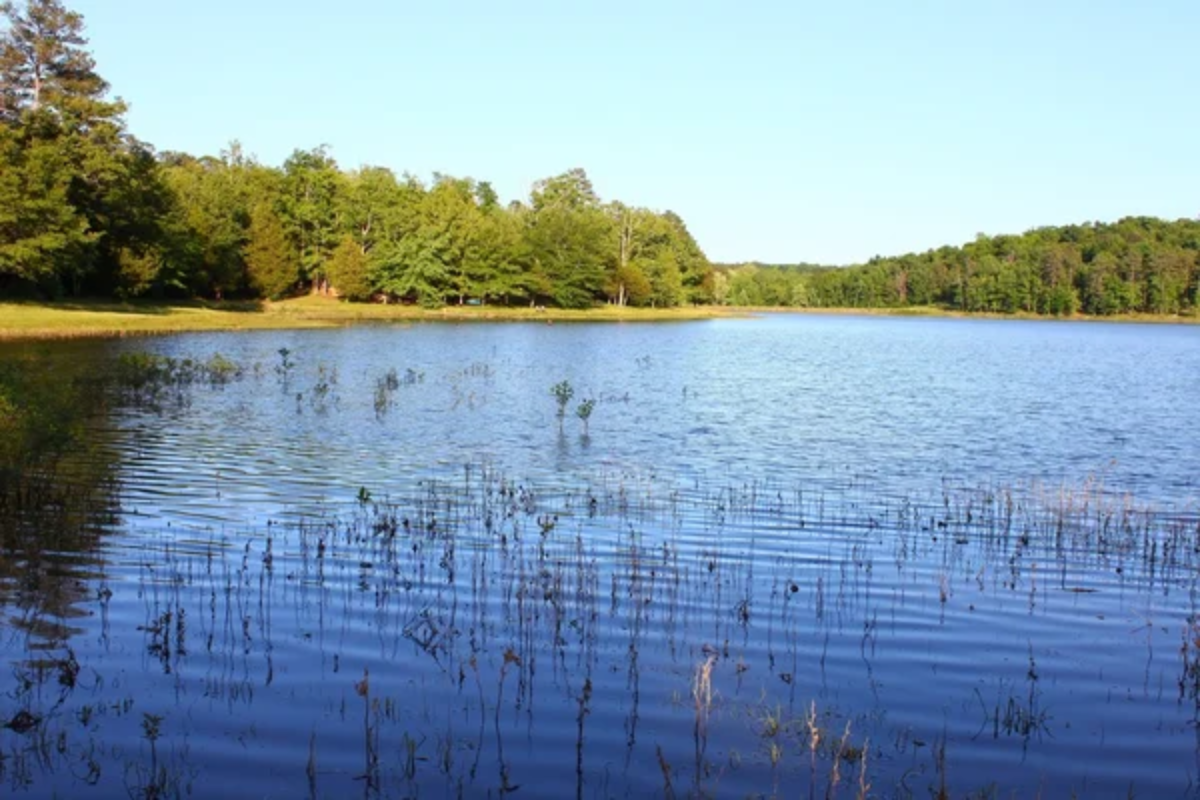
Nestled in the foothills of the Appalachian Mountains, this northeastern Mississippi park features sandstone outcroppings and spring-fed streams rarely found elsewhere in the state. Ancient rock formations create natural alcoves where visitors can sit undisturbed for hours, listening to water cascade over moss-covered stones.
The park contains remnants of Paleo-Indian habitation dating back 9,000 years, creating a palpable sense of timelessness throughout its 1,530 acres. Hiking trails wind through hardwood forests where autumn colors reflect in clear streams, creating peaceful vistas that reward contemplative exploration.
Red Bluff
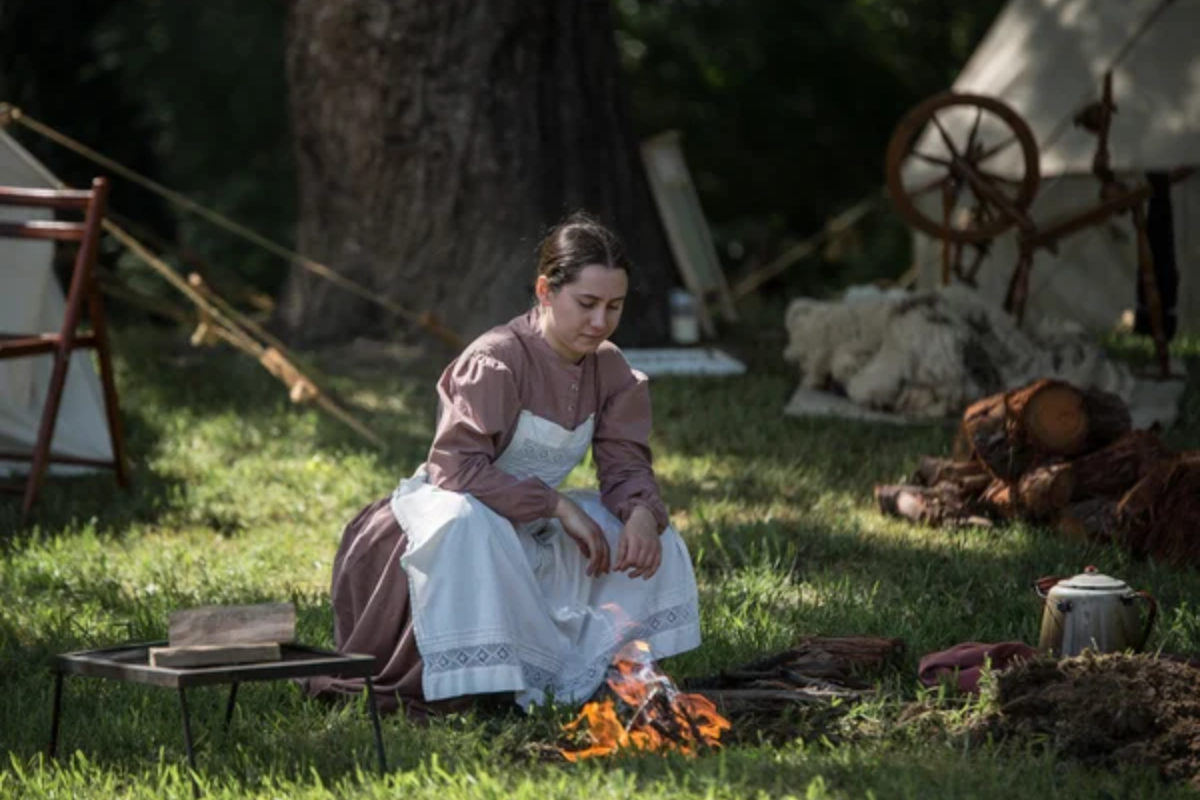
Often called “Mississippi’s Little Grand Canyon,” this striking geological formation in Marion County features vibrant red clay cliffs dropping 400 feet into the Pearl River valley below. Unlike more developed natural attractions, this hidden gem lacks formal facilities, allowing visitors to explore at their own pace without interpretive signs or designated viewpoints.
The eroded landscape continues expanding by an average of five feet annually, creating an ever-changing panorama that photographers return to capture in different seasons and lighting conditions. The site’s relative obscurity means encountering other visitors remains a rare occurrence even during peak travel seasons.
Like Travel Pug’s content? Follow us on MSN.
Clark Creek Natural Area
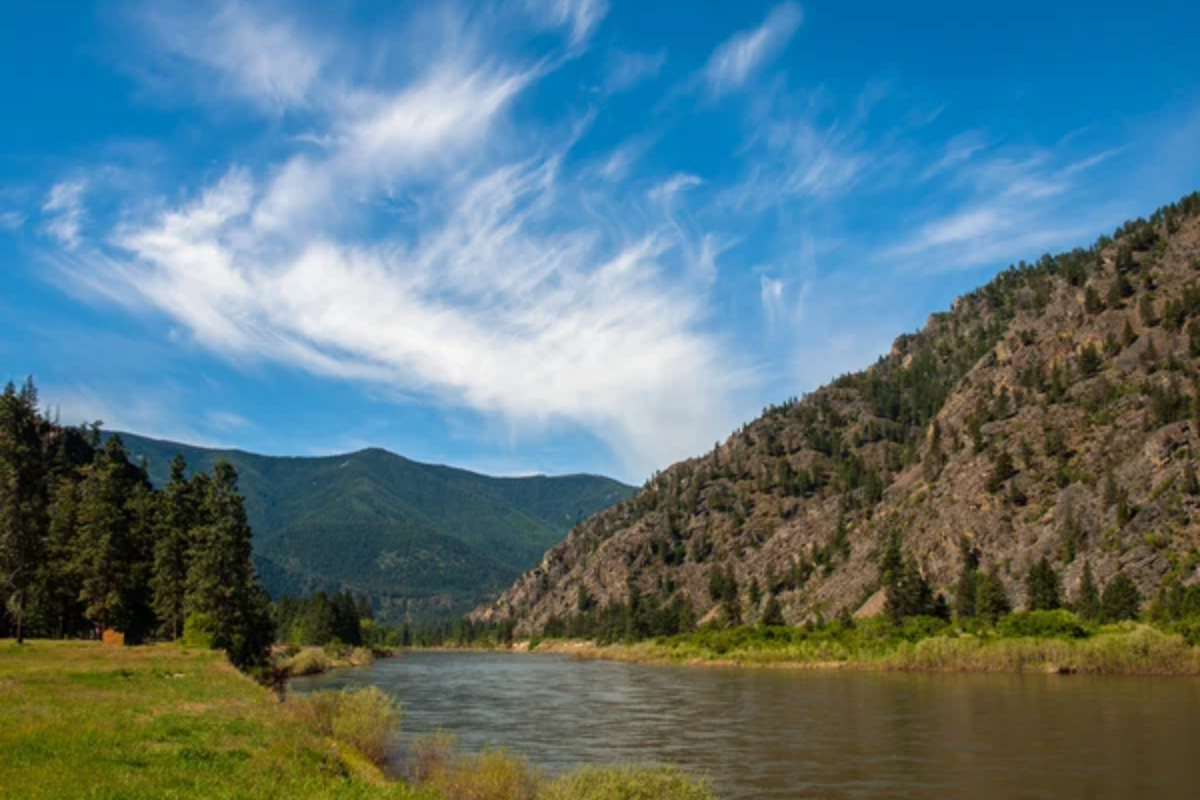
This southern Mississippi wilderness preserves one of the state’s most unusual landscapes—a mature hardwood forest featuring over 50 waterfalls ranging from 10 to 30 feet in height. The area’s challenging terrain has prevented development, preserving an ecosystem more typically found in the Appalachian Mountains.
Hikers encounter limestone outcroppings, spring wildflowers, and clear streams while navigating trails that often involve steep ascents and descents. The moderate difficulty of access ensures that even on weekends, visitors can find secluded spots beside tumbling waterfalls where they might spend hours seeing no one else.
Greenville Cypress Preserve
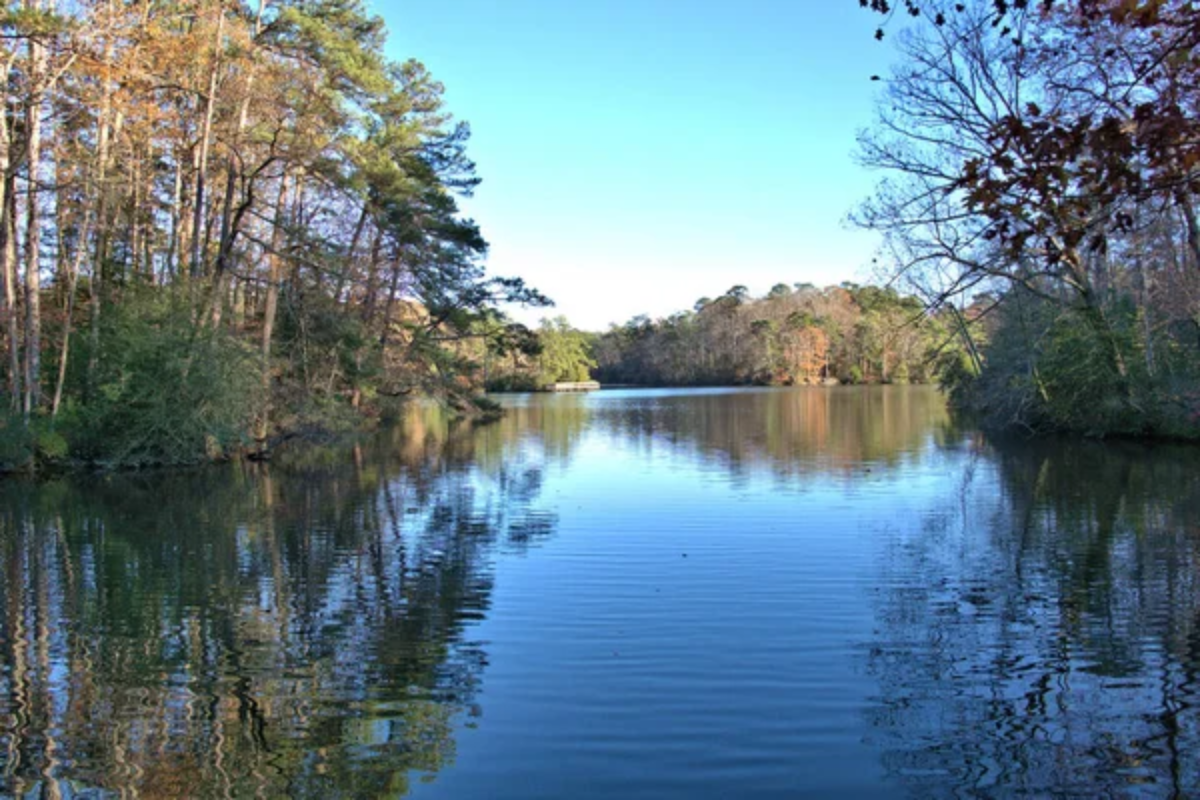
This 16-acre urban wilderness in the Mississippi Delta contains old-growth cypress trees estimated to be over 1,000 years old, creating a primeval atmosphere within city limits. Boardwalks wind through the swamp, allowing visitors to observe wildlife, including wood ducks, barred owls, and occasionally river otters.
Morning fog often shrouds the cypress knees rising from dark waters, creating ethereal scenes that landscape photographers treasure. The preserve remains remarkably quiet despite its in-town location, with weekday visitors often having the entire boardwalk system to themselves.
St. Catherine Creek National Wildlife Refuge
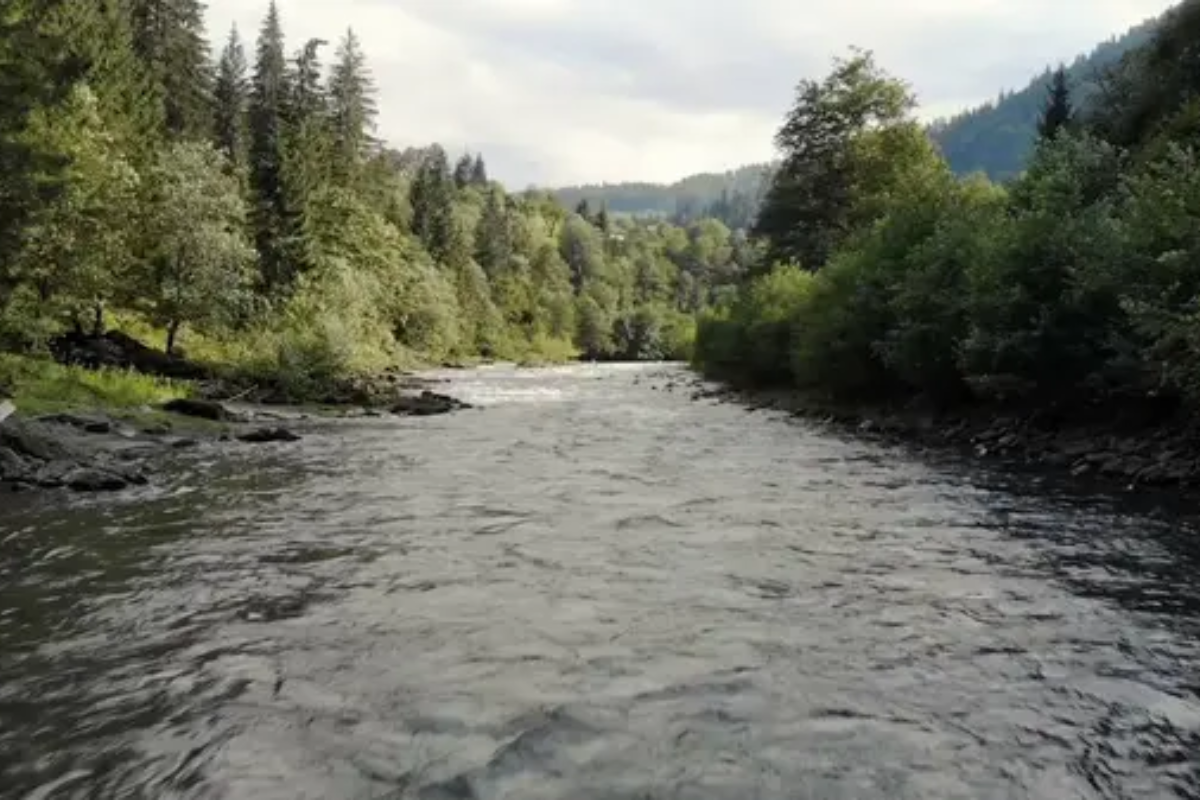
Located along the Mississippi River near Natchez, this 24,442-acre refuge provides critical habitat for migratory birds while offering visitors peaceful wildlife observation opportunities. The refuge contains bottomland hardwood forests, wetlands, and agricultural fields that attract over 200 bird species throughout the year.
Visitors can explore gravel roads and walking paths at their own pace, often encountering white-tailed deer, wild turkeys, and numerous waterbirds without seeing another person. The landscape changes dramatically with seasonal flooding, creating entirely different experiences for repeat visitors.
Like Travel Pug’s content? Follow us on MSN.
Noxubee National Wildlife Refuge
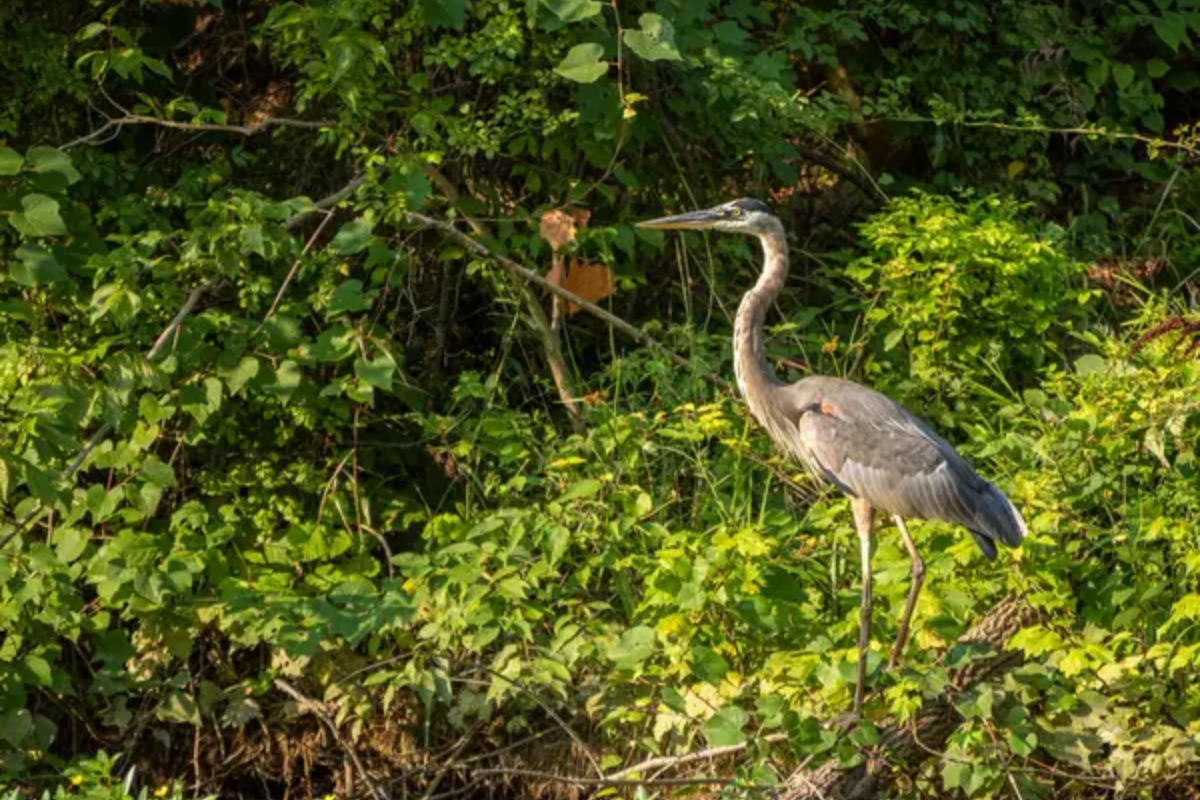
This 48,000-acre wilderness in east-central Mississippi preserves cypress swamps, bottomland hardwoods, and open fields where wildlife observation rewards patient visitors. The refuge houses Mississippi’s largest population of endangered red-cockaded woodpeckers, along with alligators, flying squirrels, and over 250 bird species.
Dawn visitors to Bluff Lake might witness the spectacular sight of tens of thousands of geese and ducks taking flight during migration seasons. The refuge’s vastness means that weekday visitors often experience complete solitude while exploring forest roads and hiking trails.
Bay St. Louis

This coastal community rebuilding after Hurricane Katrina has maintained its artistic character and relaxed pace while avoiding the commercial development found in larger Gulf destinations. The walkable downtown features locally owned shops and restaurants housed in colorful cottages, creating an atmosphere more reminiscent of Key West than typical Mississippi.
Visitors can wander oak-lined streets at their own pace, discovering artistic treasures in galleries featuring local creators. The uncrowded beaches allow for peaceful morning walks, while the absence of high-rise developments preserves unobstructed sunset views across the Gulf waters.
Port Gibson
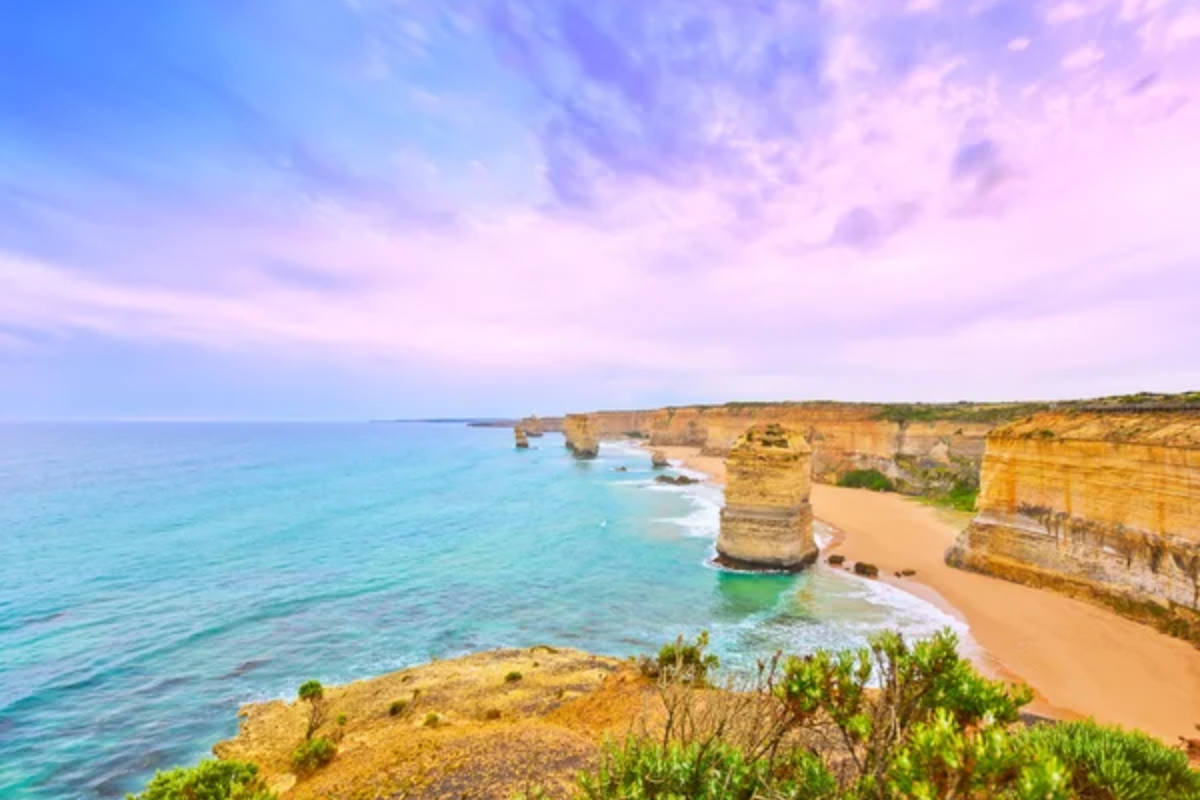
This small town along the Natchez Trace Parkway, famously spared during the Civil War when General Grant declared it “too beautiful to burn,” offers well-preserved antebellum architecture without the tourism focus found in Natchez. The most photographed feature—the Presbyterian church topped with a golden hand pointing heavenward—represents just one of many architectural treasures throughout the quiet downtown.
Visitors can explore historic churches, antebellum homes, and the nearby ruins of Windsor plantation at their own unhurried pace. The town’s location along the Trace provides easy access to this historic parkway, where commercial traffic is prohibited.
Like Travel Pug’s content? Follow us on MSN.
Dunn’s Falls

This 65-foot waterfall near Meridian drops over a limestone bluff, powered by natural springs that once operated a water wheel for a nineteenth-century gristmill that still stands on the property. Unlike more developed waterfall sites, this peaceful area maintains a rustic character with minimal facilities and interpretation.
Visitors can wade in the shallow pool at the base of the falls during summer months or photograph the cascading water framed by towering trees that provide deep shade even on hot afternoons. The site’s relative obscurity ensures a peaceful experience even during peak travel times.
Ocean Springs
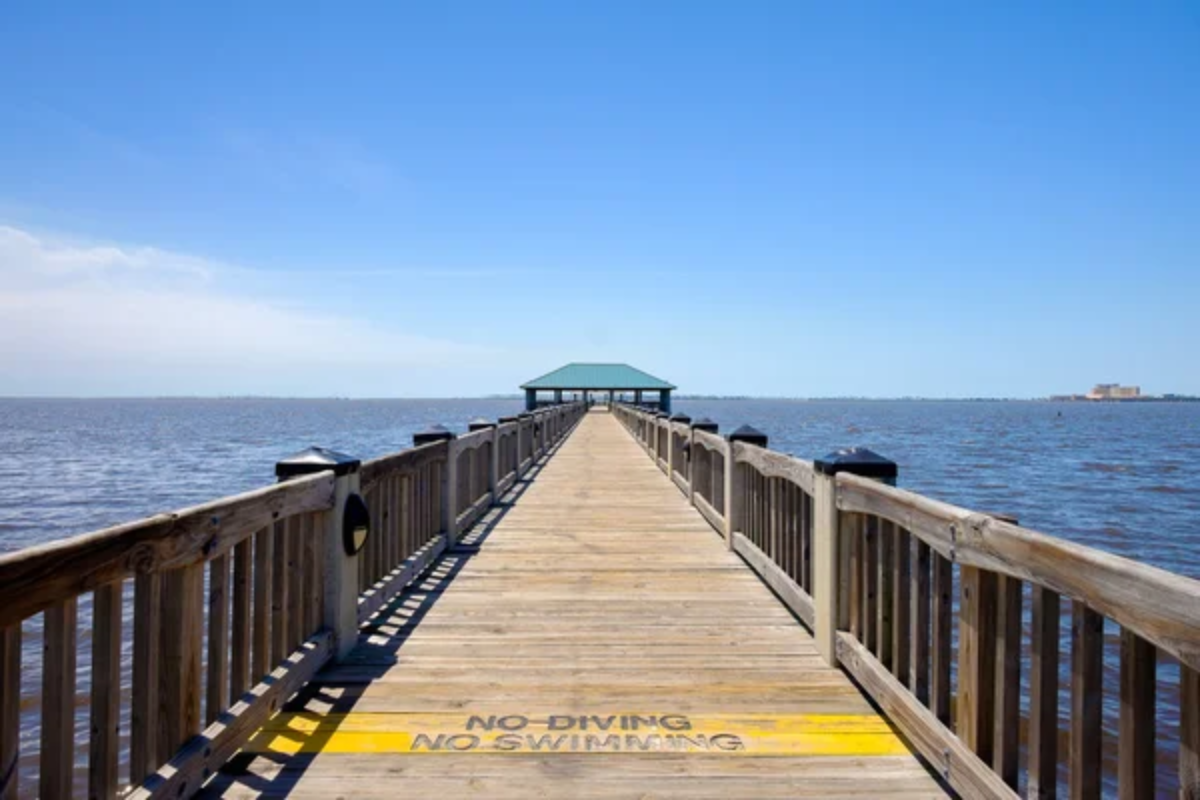
This artistic community on the Gulf Coast maintains a distinctly different character from neighboring casino-focused Biloxi, with tree-lined streets, independent businesses, and a thriving arts scene. The influence of renowned artist Walter Anderson permeates the town through the Walter Anderson Museum of Art and numerous public artworks celebrating coastal ecology.
Visitors can wander through the peaceful downtown at their own pace, discovering pottery studios, galleries, and cafes housed in historic buildings. The nearby Davis Bayou Area of Gulf Islands National Seashore offers quiet trails through maritime forests leading to peaceful bayou overlooks.
Natchez State Park
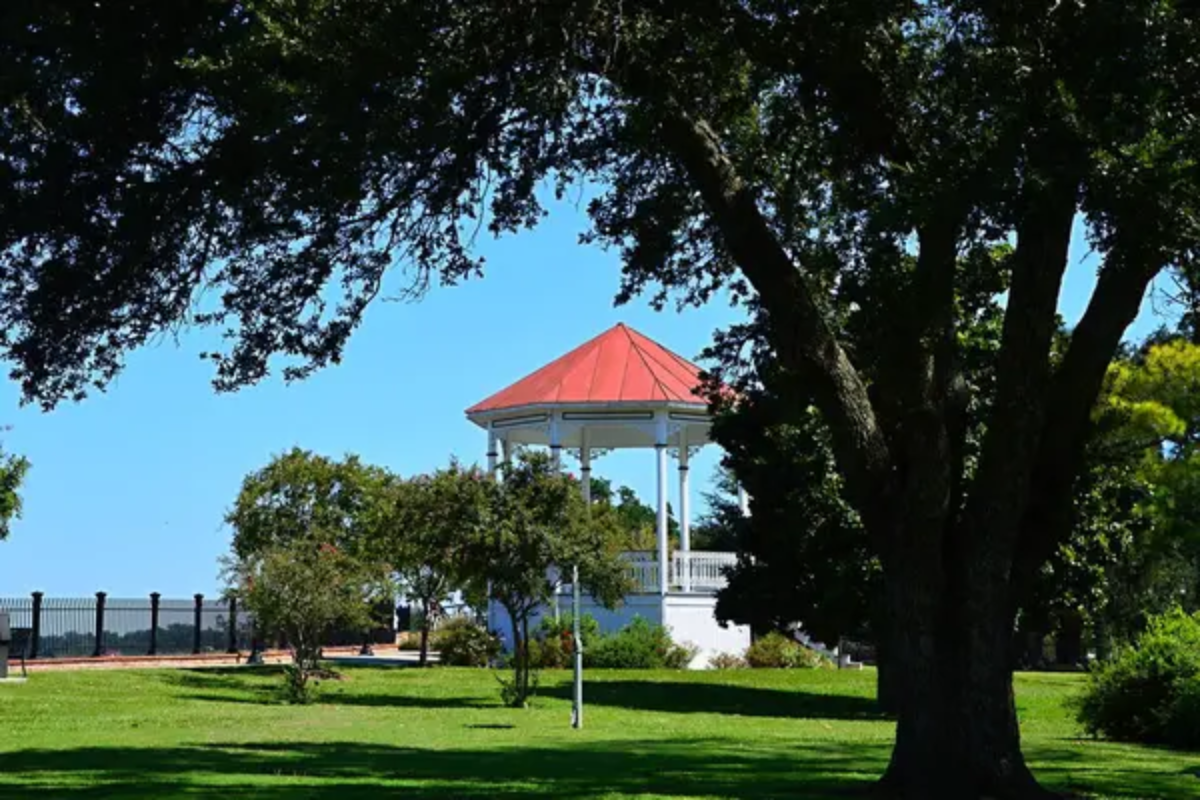
Unlike more developed recreation areas, this peaceful 3,400-acre park centered around a 200-acre lake maintains a natural character perfect for unhurried exploration. The park houses the state record largemouth bass (18.15 pounds) yet rarely feels crowded, even during prime fishing seasons.
Hiking trails wind through mixed hardwood and pine forests where wildlife observation rewards patient visitors. The relatively remote location about 25 miles north of Natchez means the park remains uncrowded even when the historic city hosts festivals and events attracting thousands of tourists.
Like Travel Pug’s content? Follow us on MSN.
Holly Springs National Forest
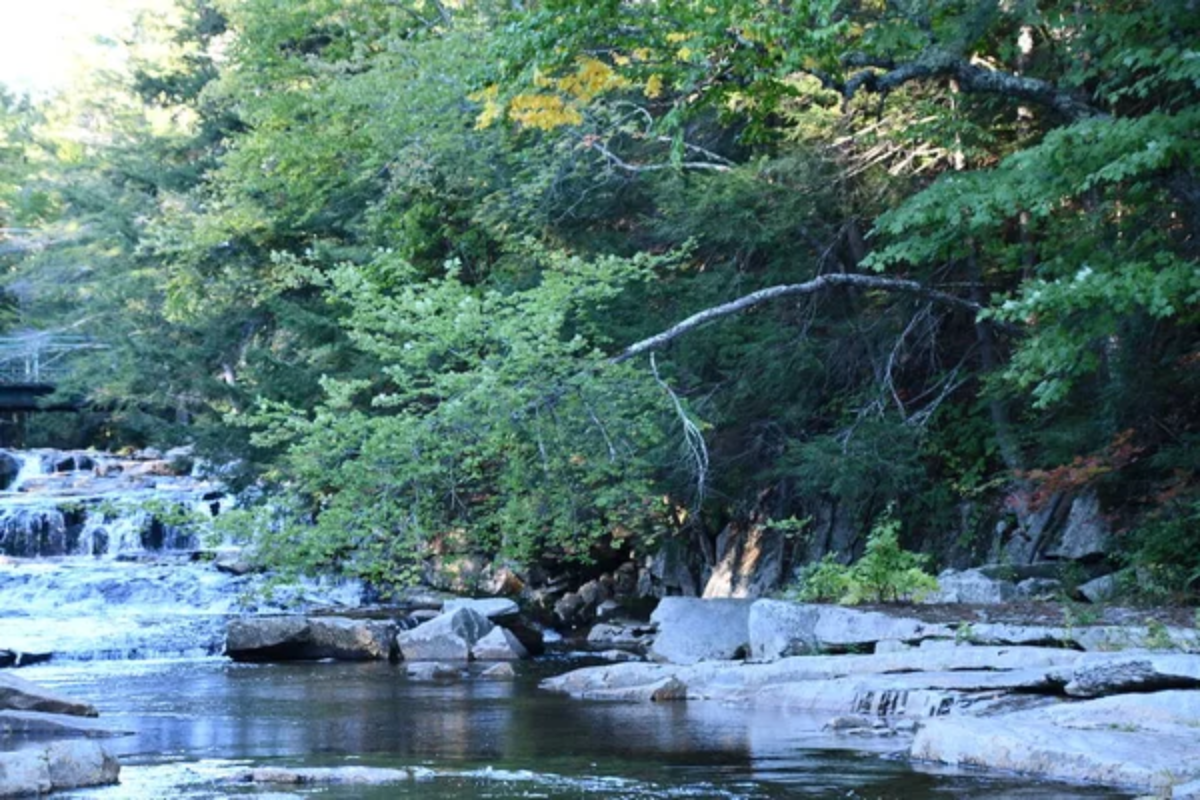
This 155,661-acre forest in north Mississippi protects rolling hills covered in hardwood and pine forests interspersed with small lakes and streams. Unlike more famous outdoor destinations, these woodlands offer solitude even during peak seasons when patient visitors might spot wild turkeys, deer, and numerous songbirds.
The forest contains multiple small recreation areas where weekday visitors often have entire lakes to themselves for fishing or kayaking. The Chewalla Lake Recreation Area features quiet campgrounds and hiking trails through mature forests where visitors set their own pace without crowded conditions.
Columbus

This northeastern Mississippi town, established in 1821, contains one of the country’s best-preserved collections of Victorian architecture thanks to its fortune of being spared during the Civil War. The peaceful historic district features over 650 structures listed on the National Register of Historic Places, allowing visitors to wander tree-lined streets at their leisure.
Tennessee Williams’ childhood home anchors the town’s literary heritage, while antebellum mansions open for tours during spring pilgrimages. Unlike more tourism-focused historic towns, Columbus maintains its authentic character as a living community rather than a preserved attraction.
Grand Gulf Military Park
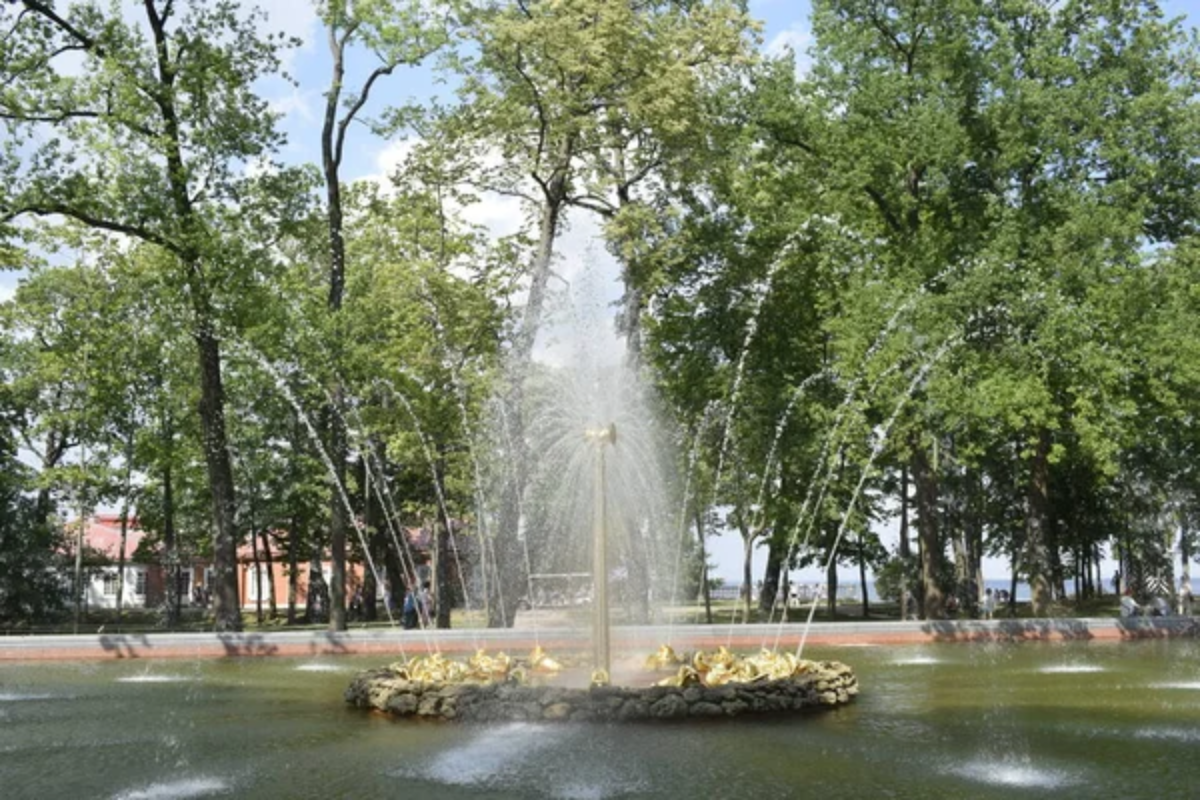
This 400-acre historic site near Port Gibson preserves the remains of a town and military fortification that played significant roles in the Vicksburg Campaign during the Civil War. The park includes a museum housed in a historic church, fortifications, and a cemetery where visitors can explore at their own unhurried pace.
Unlike more developed Civil War sites, Grand Gulf often provides visitors with opportunities for solitary reflection while wandering paths through what was once a thriving river port community before the Mississippi River changed course in the late 19th century.
Like Travel Pug’s content? Follow us on MSN.
Pascagoula River Audubon Center
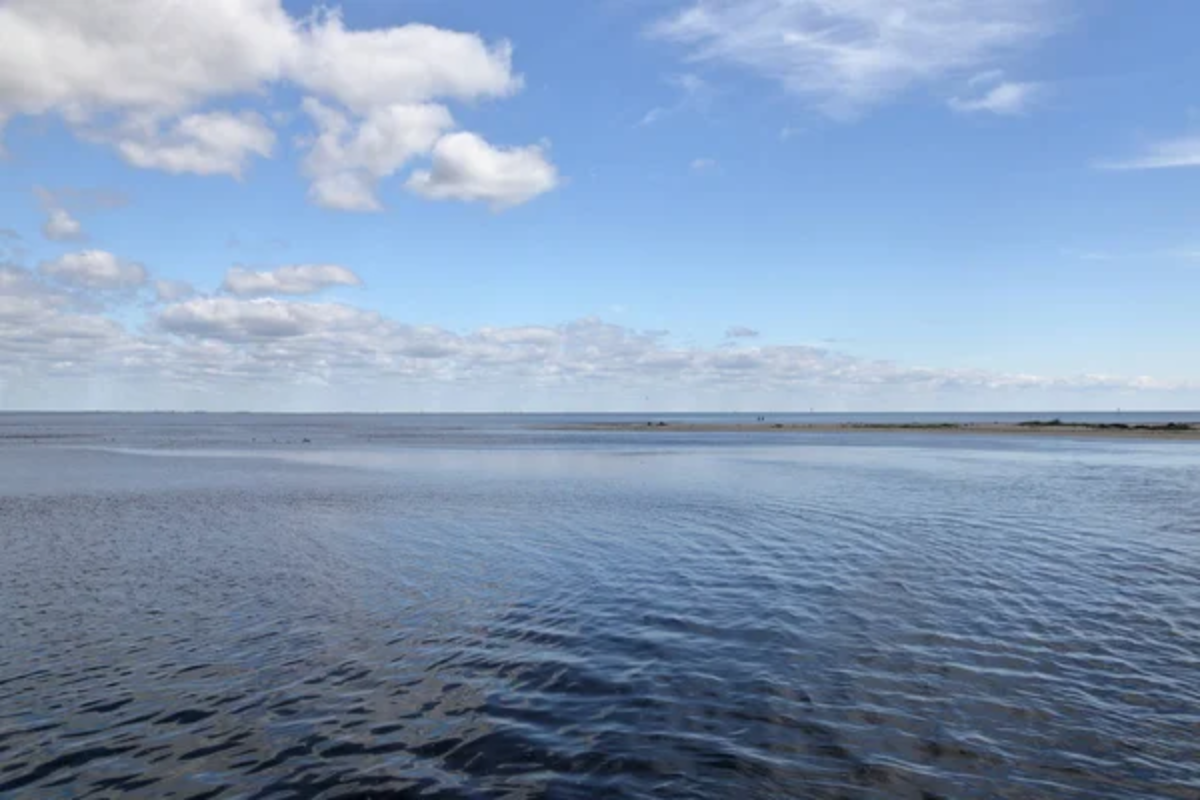
The gateway to the largest free-flowing river system in the lower 48 states offers a peaceful exploration of coastal ecosystems without crowds often found at better-known natural attractions. The center provides access to swamps, marshes, and bayous, supporting over 300 species of birds through interpretive trails and guided kayak tours when desired.
Visitors seeking solitude can spend hours on observation decks overlooking wetland habitats that change with tidal fluctuations. The center’s focus on conservation rather than entertainment ensures a peaceful atmosphere, even during organized programs.
Tranquil Southern Rhythms
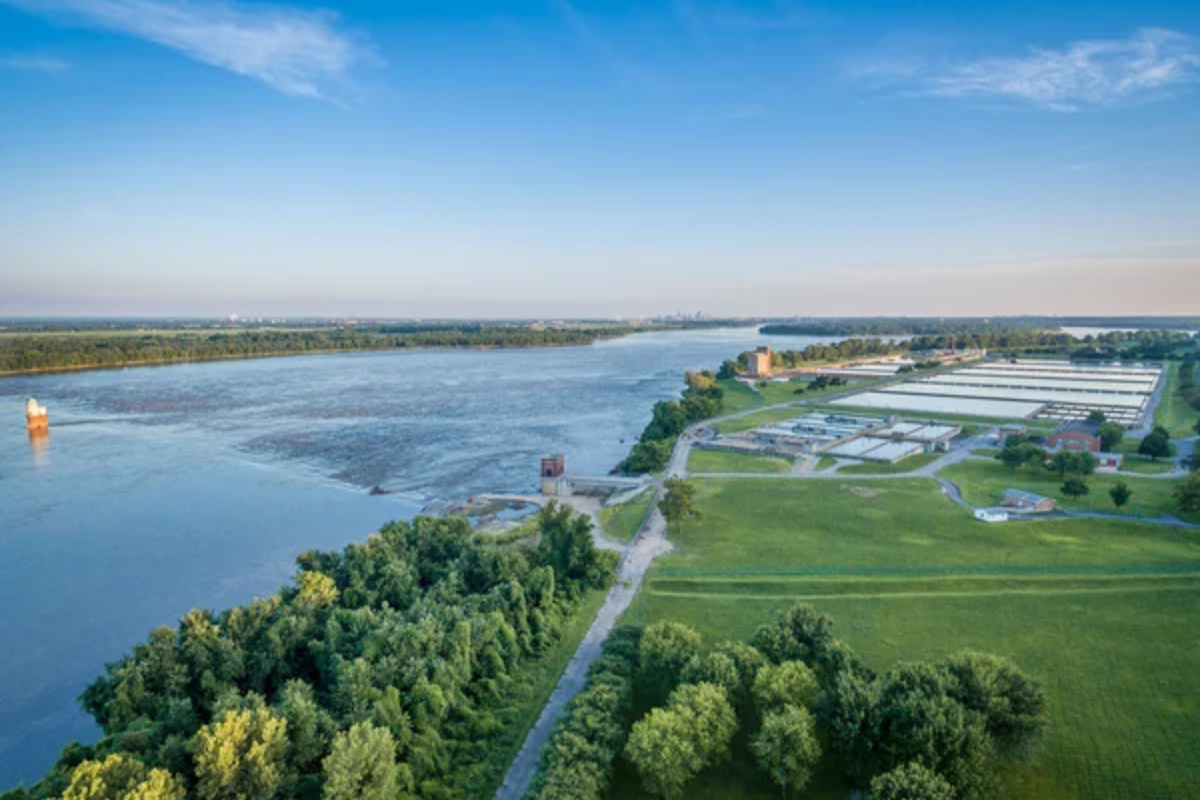
Mississippi reveals its true character through these peaceful destinations where time seems to slow naturally, allowing for deeper connections with both place and self. The state’s diverse landscapes—from cypress swamps to longleaf pine forests—provide settings where nature’s rhythms replace scheduled itineraries.
Travelers who prioritize peace over plans discover that Mississippi’s quieter corners offer authenticity impossible to experience when rushing between famous attractions. These hidden treasures remind us that sometimes the most meaningful travel experiences emerge from simply being still long enough to truly see what lies before us.
More from Travel Pug

- 20 Towns Built for One Purpose That Were Later Abandoned
- 15 Hidden Spots in Disney World’s Magic Kingdom Most Visitors Miss
- 20 Once-Popular Beach Towns That Are Now Ghostly Empty
- 15 Canyons in the U.S. That Are Just as Stunning as the Grand Canyon
- 10 Under-the-Radar Mountain Towns That Are Both Affordable and Beautiful
Like Travel Pug’s content? Follow us on MSN.
